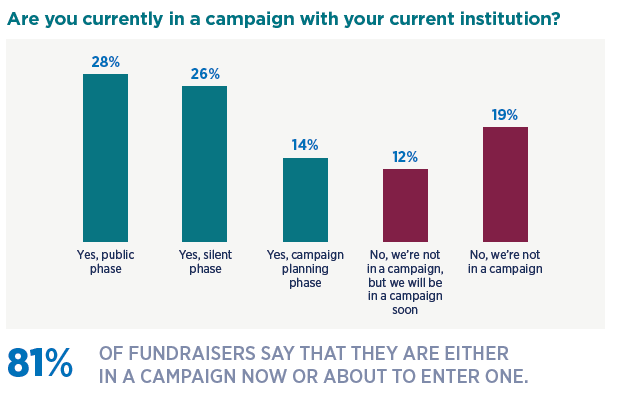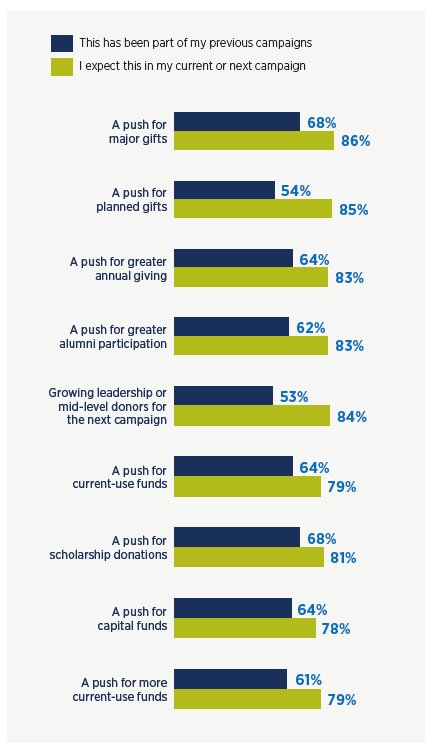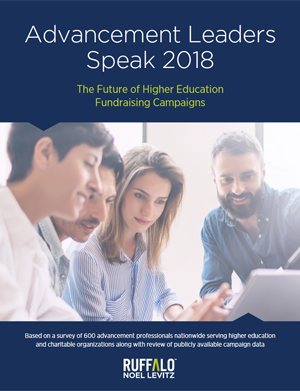fundraising
The future of higher education fundraising campaigns according to fundraising leaders
What’s working in today’s fundraising campaigns according to the leaders who oversee them?
In the past few years, we’ve seen record-setting fundraising campaigns at both public and private colleges and universities. Campaigns receiving $1 billion or more in support have become more common. How has this increase (and expectation of) historic campaign results impacted fundraisers?
We explore this question in a new report that examines trends and priorities in higher education’s largest fundraising endeavors. We combined the opinions of more than 600 fundraisers with industry trend data and observation of mega-campaigns to find out how campaigns are changing and what fundraisers are doing to better connect with donors during campaigns.
We found that the “perpetual campaign” is a reality for today’s advancement professionals. Campaign timelines are growing, and preparation for the next campaign happens right after—or even before—the current campaign completes.
We heard from fundraisers that campaigns are encompassing more types of giving than in the past, with pushes for current-use dollars and for new donors becoming more common. Fundraisers are also turning to new channels to contact donors.
This means that gift officer outreach, while still the primary method of seeking major and planned gifts, is not alone as a primary campaign activity. Fundraisers have strong interest in campaign analytics and monitoring of appeals. They also want more monitoring and enhancement of gift officer productivity.
Donor campaign fatigue, providing a strong donor experience, and engaging the entire campus are also key priorities for fundraisers. Knowing that they will return to a campaign after only a short period of stewardship means fundraisers are keen to preserve donor relationships.
Fundraisers also confess that large campaigns have an opportunity cost—other priorities may be ignored during campaigns.
Here are findings from two of the five areas we surveyed.
Perpetual fundraising campaigns are the norm
For the vast majority of fundraising leaders they are in campaign mode—either currently in a campaign or preparing for one to start one soon. Only 1 in 5 said they were not in a campaign.
When asked about the duration of the campaigns, from the silent phase to completion, the average response was that higher education fundraising campaigns should last five years.
Fundraising campaigns encompass more goals
We asked fundraising leaders a pair of related questions regarding their fundraising campaign experiences.
- Which of the following goals and priorities have been part of your previous campaign experiences?
- Which do you expect to be a part of your current or next campaign?
Here are their responses:
Major and planned gifts continue to dominate campaign priorities, but campaigns are now more likely to include pushes for current use, annual fund, and leadership giving, matching institutional needs for immediate-use funds.
Read more findings in our report on fundraising campaigns
Download Advancement Leaders Speak 2018: The Future of Higher Education Fundraising Campaigns, for findings and comments from fundraising leaders. As well as our recommendations for improving engagement, efficiency, and results from fundraising campaigns. Get your copy now.
And if you have any questions about fundraising strategies for campaigns, alumni engagement, digital outreach, and more, please email me and I’ll be happy to talk with you.


